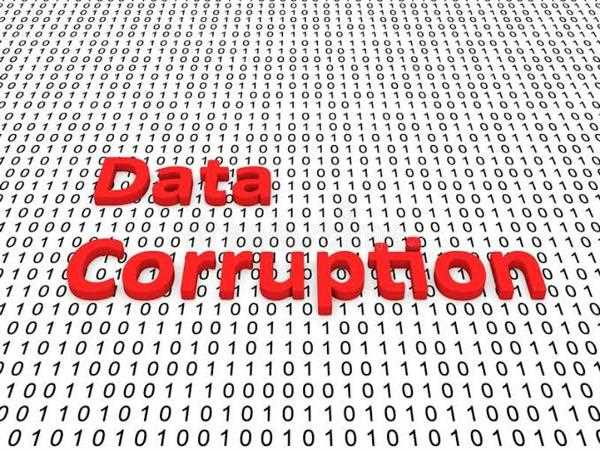Dealing with file or data corruption in computer systems can be a concerning issue, as it can lead to data loss or errors in the functioning of applications. However, there are several methods to address these issues and attempt to fix file or data corruption. Here are some common troubleshooting steps:

1. Check Hardware Health: Begin by ensuring that your computer's hardware is functioning properly. Run diagnostics tools to check the health of your hard drive or storage device. Faulty hardware can contribute to data corruption. If issues are detected, consider repairing or replacing the affected hardware component.
2. Use Built-in System Tools: Both Windows and macOS provide built-in tools to scan and repair file system errors. On Windows, you can use the Command Prompt utility and run the "chkdsk" command with the "/f" parameter to scan and fix file system issues. On macOS, you can use the Disk Utility application to run First Aid on the affected drive.
3. Restore from Backup: If you have a recent backup of your files or data, restoring from that backup is an effective way to address file corruption. Regularly backing up your important files and data is crucial to mitigate the impact of data corruption or loss.
4. Utilize File Recovery Software: There are various file recovery software options available that can help recover corrupted files. These tools use advanced algorithms to repair or recover damaged files. Research and select a reputable file recovery software that suits your needs, and follow the instructions provided by the software.
5. Check for Malware or Viruses: Malware or viruses can cause file or data corruption. Run a thorough scan of your system using reliable antivirus or antimalware software. Remove any detected malware or viruses and perform a system cleanup.
6. Update Software and Drivers: Outdated software or drivers can contribute to file corruption. Ensure that your operating system, applications, and device drivers are up to date. Install any available updates from official sources.
7. Avoid Forceful Shutdowns: Abruptly shutting down your computer or disconnecting power during file operations can lead to corruption. Practice proper shutdown procedures and avoid forceful shutdowns to minimize the risk of data corruption.
8. Run System File Checker (Windows): Windows provides a built-in tool called System File Checker (SFC) that scans and repairs corrupted system files. Open the Command Prompt as an administrator and run the "sfc /scannow" command. The tool will scan and attempt to repair corrupted system files.
9. Use Data Recovery Services: In cases where the corruption is severe or the data is highly critical, professional data recovery services may be required. These services specialize in recovering data from damaged storage devices and can attempt to recover your corrupted files.
10. Preventive Measures: To minimize the occurrence of file or data corruption in the future, it's essential to follow best practices. These include regular backups, using reliable storage devices, practicing safe computing habits, and maintaining a healthy and updated system.
Remember, it's crucial to back up your important files regularly and be cautious when attempting to repair or recover corrupted files. If you're uncertain about the process or the severity of the corruption, seek assistance from professionals or knowledgeable individuals.